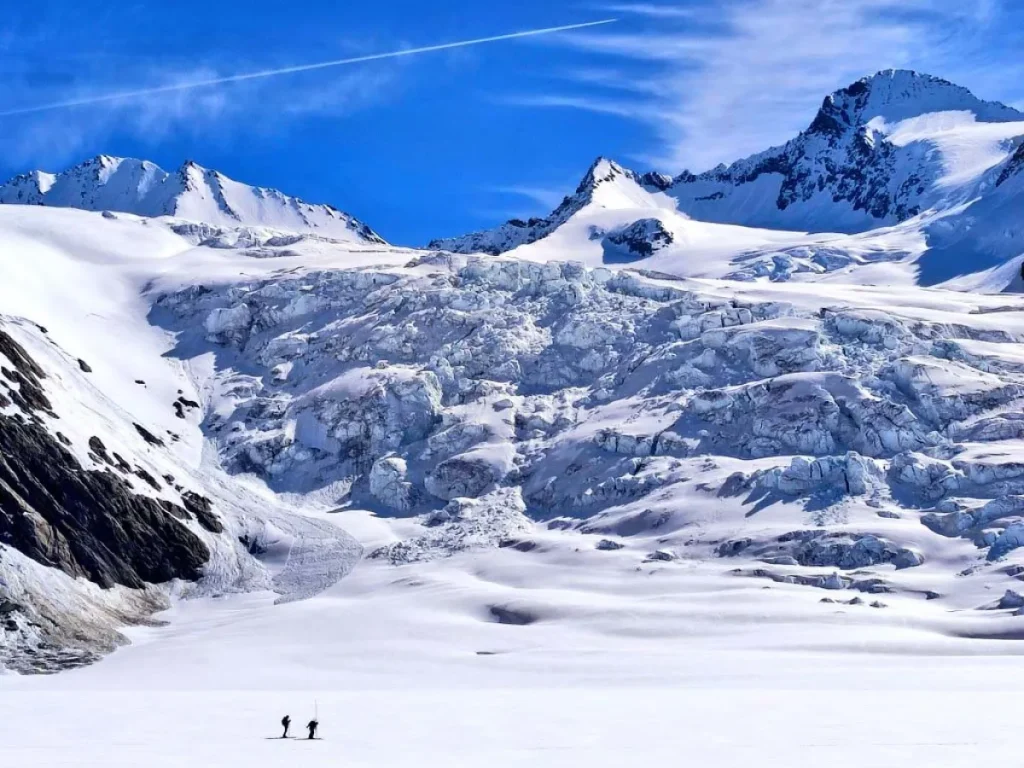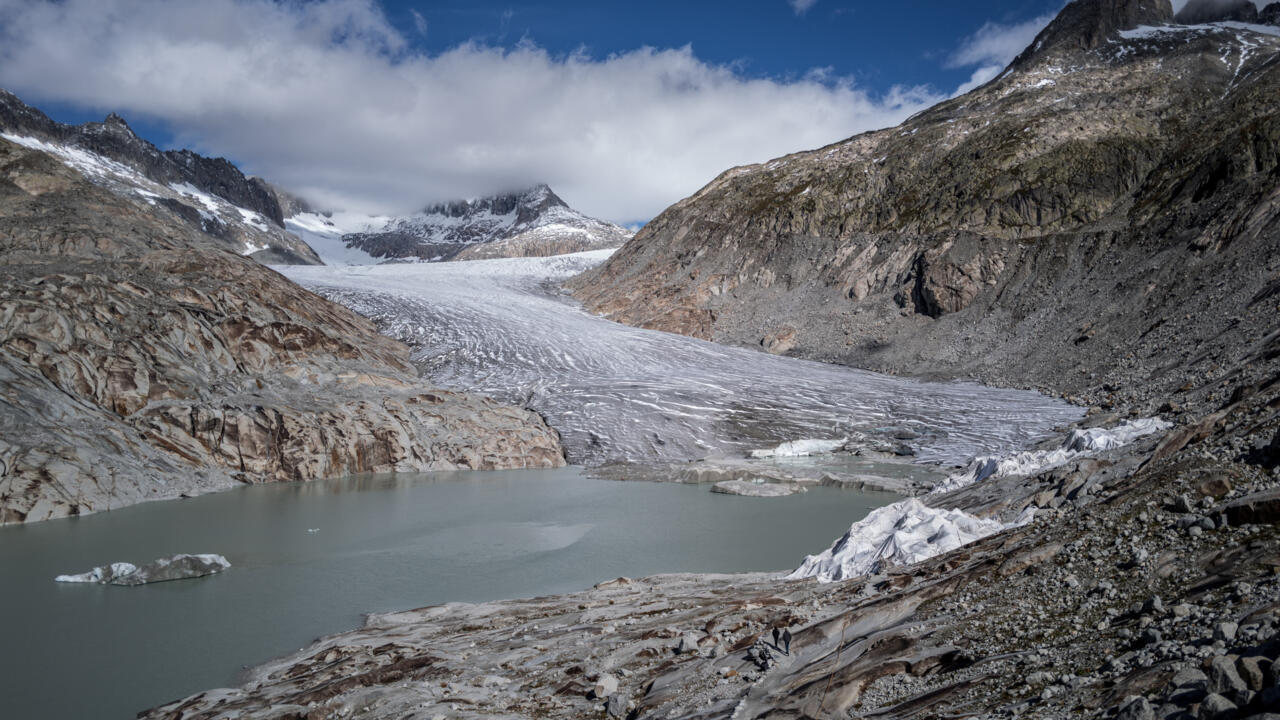Swiss glaciers ended the winter with 13 per cent less snow cover than the average between 2010 and 2020, according to a report released Monday by glacier monitoring specialists.
Each spring, the Glacier Monitoring Switzerland (Glamos) team, led by Matthias Huss, measures snow depth on various Swiss glaciers at their peak snow accumulation.
This year, they surveyed 21 glaciers, finding snow depths ranging from 1 to 4 metres, with densities varying from average to 52 per cent below the reference period.
Extrapolating these findings to all 1,400 Swiss glaciers revealed an overall “winter snow deficit” of 13 per cent compared to the 2010-2020 average.
While still a deficit, the experts noted this was less severe than the very dry winters of 2022 and 2023.
These measurements of snow depth and density are crucial for predicting the extent of melting during the upcoming summer.
Huss stated on X that the snow measurements indicate another dry year with significant melting expected, predicting “another difficult year for glaciers ahead.”

Snow cover is essential for glaciers as it allows them to gain mass and provides insulation against heat and sunlight during the warmer months.
This year’s data showed significant regional variations. Glaciers in northeastern Switzerland experienced very low snow cover, while those in the south and southwest had near-average levels due to substantial snowfall in mid-April.
Swiss glaciers have been heavily affected by climate change, with the ice loss in 2022 and 2023 equaling the total loss between 1960 and 1990, representing about 10 per cent of their total volume.
Even after a very snowy winter in 2024, Swiss glaciers still lost 2.4 per cent of their volume last year due to summer heat, a process exacerbated by Saharan dust reducing the ice’s ability to reflect sunlight and heat (the albedo effect).


 Trending
Trending 